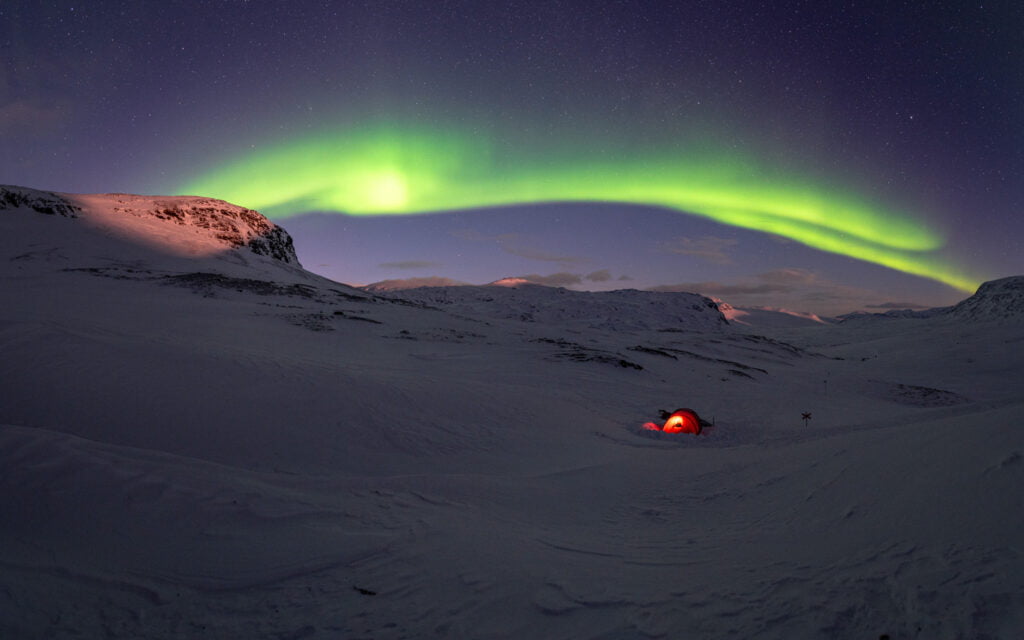aurora borealis
aurora borealis 2024. The year 2024 is anticipated to be a remarkable year for aurora sightings, particularly the Northern Lights (aurora borealis), due to the peak in solar activity expected during this period. The Sun’s eleven-year activity cycle, known as the solar cycle, influences the occurrence of auroras. Solar activity,

characterized by sunspots, affects the Earth’s magnetic field, leading to stunning displays of the auroras in the night sky.
aurora borealis
Auroras are natural light displays caused by charged particles from the Sun interacting with the Earth’s atmosphere. The solar wind, a stream of charged particles emitted by the Sun, collides with gas particles in the Earth’s atmosphere, resulting in the colorful and dynamic auroras we observe. During periods of heightened solar activity, such as the solar maximum expected in 2024, the Northern Lights become more frequent and intense, potentially visible even at lower latitudes.
The British Geological Survey (BGS) is interested in auroras due to their connection to the Earth’s geomagnetic field. Understanding geomagnetic conditions is crucial for navigation, as rapid variations in the magnetic field caused by solar storms can lead to errors in navigation systems and disruptions in power grids, pipelines, and railways. BGS gives space weather conditions administrations to screen geomagnetic conditions and gauge future action.
In 2024, the peak of solar activity during the Solar Maximum phase is expected to create more charged particles interacting with the Earth’s magnetic field, resulting in brighter and more frequent auroras. This heightened solar activity offers excellent opportunities for observing the Northern Lights, with increased chances of witnessing these spectacular displays, even in regions at lower latitudes.
For a detailed blog article on aurora borealis in 2024, you can cover topics such as the science behind auroras, the solar cycle’s influence on auroras, the best times and locations to view the Northern Lights, historical significance, and tips for aurora hunting. Highlight the unique characteristics of the Northern Lights, the connection to solar activity, and the anticipated exceptional displays in 2024 due to the peak in solar activity during the Solar Maximum phase.
what is the best time and place to see aurora borealis in 2024

The best time and place to see the aurora borealis (Northern Lights) in 2024 will be influenced by the heightened solar activity expected during this period. Experts predict that 2024 will be an exceptional year for witnessing the Northern Lights due to the solar maximum phase, characterized by increased solar activity and geomagnetic storms. Here are some key points to consider when planning to see the aurora borealis in 2024 based on the provided sources.
– Solar Maximum in 2024: Scientists anticipate that 2024 will coincide with a solar maximum, marking a period of heightened solar activity and storms. This peak in solar activity is expected to enhance the intensity and frequency of the Northern Lights displays.
– Best Time: The best months for aurora hunting are generally from September to April, with longer nights providing optimal viewing conditions. Peak viewing times are usually between 10 pm and 2 am local time, with the best chances near the spring and fall equinoxes when solar winds tend to be stronges.
– Best Places: For the top locations to witness the Northern Lights in 2024, consider destinations within the Arctic Circle with minimal light pollution and clear, dark skies. Some recommended places include Tromsø, Norway; Lapland, Finland; Reykjavik, Iceland; Fairbanks, Alaska; and the remote Westfjords in Iceland. These locations offer excellent opportunities to observe the aurora borealis in all its vibrant glory.
– Factors to Consider: To increase your chances of seeing the Northern Lights, choose locations with clear skies, minimal light pollution, and plan your trip during a new or crescent moon phase. Avoid bright lights that can drown out the auroras and consider consulting weather apps like NOAA’s Space Weather Prediction Center website for aurora forecasts and alerts.
In summary, to maximize your chances of witnessing the spectacular aurora borealis in 2024, plan your trip to one of the recommended locations within the Arctic Circle during the peak viewing months of September to April, ensuring you are in a dark location with clear skies and away from light pollution. Remember that while the Northern Lights are unpredictable, the anticipated solar maximum in 2024 offers an excellent opportunity to experience this natural wonder in all its glory.